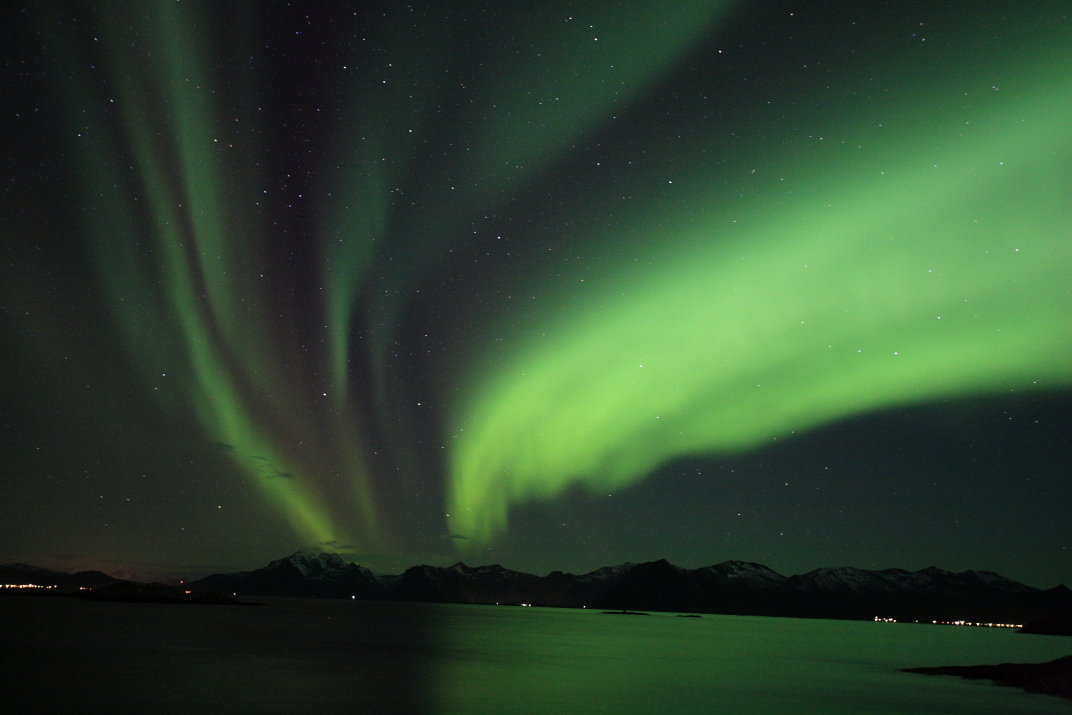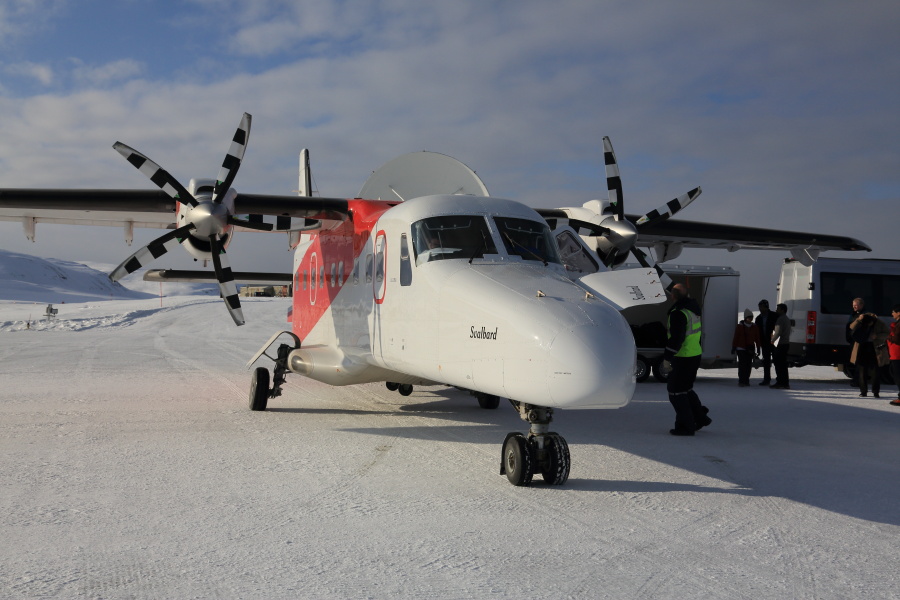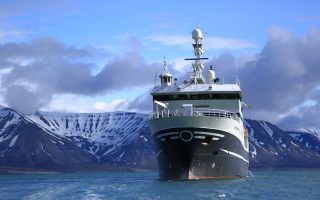Ice physicist Sebastian Gerland and marine chemist Agneta Fransson of the Norwegian Polar Institute work with marine chemist Melissa Chierici of the Institute of Marine Research atop fjord ice below an outlet glacier. They core the ice to measure ice thickness and analyze the carbon cycle below and within the ice.
Gerland is interested in how ice thickness and snow cover affect the absorption or loss of solar radiation. Fransson and Chierici look at microscopic aspects of the carbon cycle to understand ocean acidification and atmospheric warming due to carbon dioxide. Meanwhile, marine ecologists monitor changes in the population of micorganisms living in tiny tubules and fissures in the ice as well as algae that thrives year round on the bottom of the ice itself.
Tiny things lead to big questions. How do shifts in ice chemistry and biology drive climate change? Less snow allows faster ice melt and less ice means more dark ocean surface absorbs the sun’s heat. This, in turn, drives more climate warming. Warmer Arctic Ocean waters mixing with even warmer Atlantic waters results in upwelling of “sequestered” carbon dioxide, normally locked deep below the surface.
One opposite paradox: when ice freezes, salts such as calcium carbonate are squeezed to the surface as ice “flowers,” reacting with the air to create more carbon dioxide. Could this also contribute to atmospheric warming when the system is off balance? Scientists get dizzy and excited constructing models that connect all the tiny aspects with the big ones. Journalists get dizzy trying to understand them!
CLICK PHOTO TO GET OUT ON THIN ICE:


































